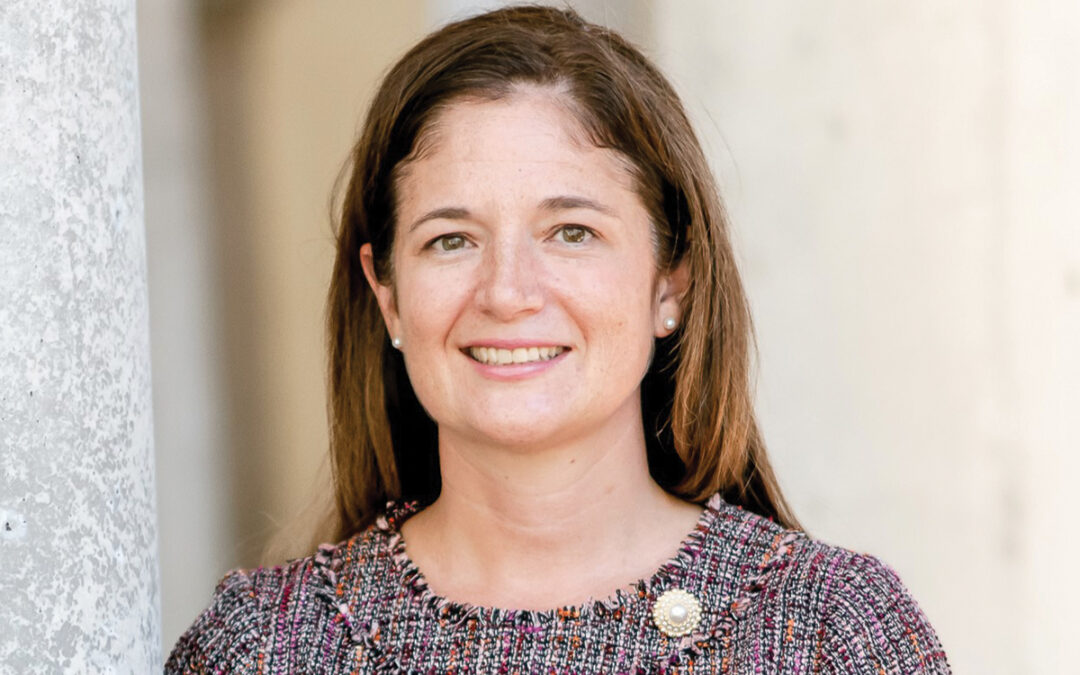 If a woman experiences chronic pelvic pain, excessive pain during periods and intercourse, and/or difficulty conceiving, chances are she may have a condition called endometriosis, which, according to the Endometriosis Association, affects some 89 million women worldwide, including 7.5 million in North America. The disease is most commonly found in women between 25 and 35 years of age, although menstruating teens can get it, too, as can older women, says Dr. Brian Harle, a prominent San Antonio OB/GYN physician and the co-founder of the Seven Oaks Women’s Center.
If a woman experiences chronic pelvic pain, excessive pain during periods and intercourse, and/or difficulty conceiving, chances are she may have a condition called endometriosis, which, according to the Endometriosis Association, affects some 89 million women worldwide, including 7.5 million in North America. The disease is most commonly found in women between 25 and 35 years of age, although menstruating teens can get it, too, as can older women, says Dr. Brian Harle, a prominent San Antonio OB/GYN physician and the co-founder of the Seven Oaks Women’s Center.
“Endometriosis occurs when the endometrial tissue that normally lines the uterus starts growing in the wrong places, typically on the pelvic organs such as the ovaries, fallopian tubes, bladder, rectum and the pelvic walls,” explains Dr. Harle. “Sometimes it’s found in other parts of the body such as on the outside of the liver and rarely even in the lungs. These growths are referred to as endometrial implants.”
While the uterine lining breaks down every month and is removed from the body via menstruation, the endometrial implants, which continue to behave as endometrial tissue, also fall apart and bleed, but the bloody debris has no way of exiting. Over time, it starts irritating the tissue that it has attached itself to, causing inflammation, which may or may not manifest itself as pain. In fact, the intensity of pain is not necessarily proportional to the extent of the lesions. Women with only small affected areas may experience severe pain, while others with advanced endometriosis may have little discomfort.
What causes this abnormal displacement is not well understood at present. One explanation is called retrograde menstruation that postulates that the menstrual blood, which contains endometrial cells, flows back into the fallopian tubes and into the pelvic cavity and gets trapped, ultimately creating the adhesions on the pelvic walls and organs. Another mechanism may involve undifferentiated “multi-potential” cells in the abdominal and pelvic lining that somehow decide to become endometrial cells. Immune system issues may be implicated as well. Regardless of the mechanism involved, however, heredity plays a significant role as the condition often shows up in close blood relatives, notes Dr. Harle.
Fortunately, endometriosis– or endo for short— is treatable.
While there’s no cure, both the pain and the infertility associated with endo can be managed. Some physicians may start treatment with hormonal therapy – most often birth control pills to stop the woman’s periods — but that approach doesn’t address the whole issue. Dr. Harle believes that the best way to go is to use laparoscopy for both diagnostic and treatment purposes. It’s already “the gold standard” for accurate diagnosis.
In the minimally invasive procedure, the physician inserts a thin instrument called the laparoscope to locate the abnormal growths, and if such tissue is indeed found, it can also be removed surgically at that time, solving the problem either for good or for an extended period of time. You can remove 95 percent of the implants, explains the doctor, and the patient gets immediate relief from pain. Then you can follow up with hormonal therapy for three to six months. The fertility issue is a little more complex since other factors could be involved, but the patient’s chance of getting pregnant following laparoscopic treatment increases substantially. Should difficulty to conceive persist, in vitro fertilization is a good option.
There’s some controversy regarding the incidence rate of the disease. While the Endometriosis Association cites figures indicating a rise in endo cases, especially in teenagers, Dr. Robert Schenken, chair of obstetrics and gynecology at UTHSC, says that the rise is probably due to better diagnostic tools and greater access to health care. He and other scientists are currently seeking to discover the primary causes of the disorder. He notes that many women have some degree of retrograde menstruation, for instance, but do not develop endometriosis.
With colleague Jennifer Knudston, Schenken recently presented a paper at a meeting of the Society for Reproductive Endocrinology and Infertility about their research. Their results show a substantial decrease in endometrial lesions in mice who lack a gene that codes for a protein named CD44, which is present in endometrial cells and responsible for the sticking and built-up of adhesions. “That proves that CD44 is involved in the attachment (of endometrial implants) but it is not the only factor,” notes Dr. Schenken. “Ultimately the goal is to develop a drug that would suppress the expression of certain genes and prevent the development of endometriosis during menses.”
On a more macro level, research and practice have also found that pregnancy produces beneficial results for human patients and other primates. In monkeys, pregnancy reduces the severity of the lesions as well as the chances of the disease recurring, notes Dr. Schenken.
Controversy, or perhaps just insufficient data, also surrounds the question of environmental influences as well as a potential link to allergies, asthma and even some forms of ovarian cancer. It may be that there is a genetic predisposition for both endo and ovarian cancer, but the former is not considered a premalignant condition, wrote Dr. Harle in an email. In any case, the overall risk of ovarian cancer is low. Now that’s good news!









0 Comments